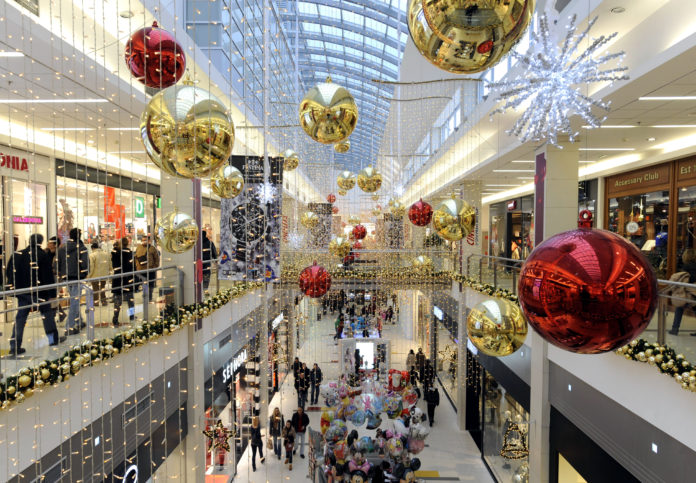Wall Street has plenty to be thankful for this Thanksgiving. Stocks continue to break records, even as the recent rally slows considerably. On Monday, the S&P 500 broke its all-time high for the 43rd time in 2014.
But Tuesday morning’s economic reports cast a cloud over the market. The good news came first, as GDP grew at a slightly-better-than expected 3.9 percent in the third quarter. Hours later, however, the Consumer Confidence Survey came in at 88.7—down markedly from a 94.1 reading in October. The rating was the lowest figure since June.
Maybe the most troubling part of the report was the fact that the results completely blindsided analysts and experts, who had projected a 96.0—which would have been the highest rating in seven years. Instead, they received the lowest rating in months.
The news couldn’t have come at a worse time, with the unofficial kickoff to the holiday season just days away. A recent Gallup survey indicated that a slight increase in holiday spending was expected in 2014, with the average American spending $720 on Christmas shopping—as opposed to $704 last year. The survey described this potential outcome as an ‘OK’ result for retailers—but this survey was released before the disappointing consumer figures.
Results from the poll are available from as far back as 1999. Gallup conducts its poll by randomly selecting just over 1,000 Americans and asking them how much they plan to spend this holiday season. But Gallup conducts the poll twice—once in October, and once in November.
A closer look at the survey reveals even more troubling figures. The double polls (October/November) have taken place since 2006. Interestingly, people have scaled back their expectations in eight out of the nine years—meaning their projected spending was higher in October than in November. On average, the projected spending amount dropped $56 in that one-month interval over the nine-year period.
Record highs on Wall Street did nothing to impact consumer sales projections this year, as responses to the November survey were down $61 from an average of $781 per shopper in October.
Looking back at 1999, the first year of available survey results, shoppers expected to spend $857 on Christmas gifts that year. 15 years later, that figure still stands as the second-highest projection over the life of this survey—just behind 2007, when shoppers predicted they’d spend an average of $866 each, right before the Great Recession hit and turned everything upside-down.
The next year, 2008, had the lowest projected spending total at $616—a drop of exactly $250 per shopper in just one year’s time. Six years later, projections haven’t even recovered half of that deficit.
This week’s double dose of disappointing consumer analysis further illustrates the illusion of stock market highs, and the continued disconnection between Wall Street statistics and Main Street sales. Record highs, as usual, have done nothing to put more money in the average consumer’s pocket.













